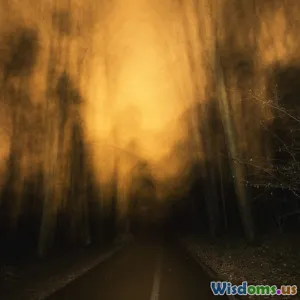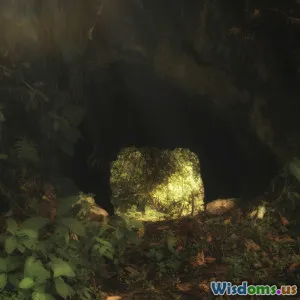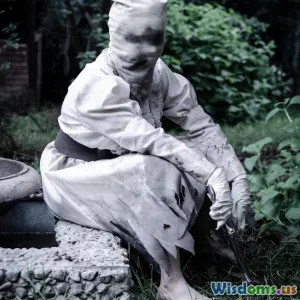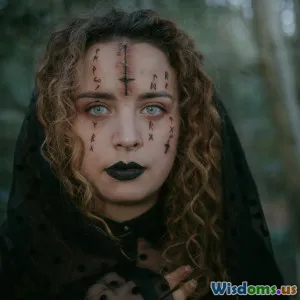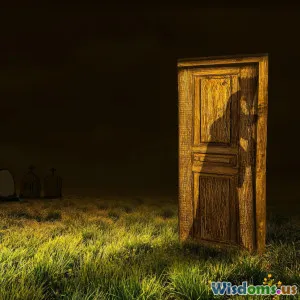
Hidden Astrological Influences in Famous Supernatural Events
17 min read Explore hidden astrological patterns influencing history's most famous supernatural events in this enlightening article revealing unexplored cosmic connections. (0 Reviews)
Hidden Astrological Influences in Famous Supernatural Events
Mysteries have always captivated the human imagination, particularly when logic and science provide no decisive answers. Supernatural phenomena—ghost sightings, prophetic visions, miraculous occurrences—have gripped societies across the world. While many seek explanations through religion, psychology, or folklore, astrology offers a lesser-known but compelling lens. Could the alignment of the stars and planets spark moments when the veil between our world and the mysterious beyond grows thinner? In tracing history’s most famous supernatural events, a pattern emerges: celestial forces often coincide with humanity’s encounters with the inexplicable.
The Salem Witch Trials: Astrological Forces at Play

Few supernatural episodes are as notorious as the Salem Witch Trials of 1692. While often attributed to mass hysteria and religious fervor, the trials also coincided with remarkable celestial phenomena.
The Dark Influence of Saturn and Pluto
Astrological records reveal that the period saw Saturn, often associated with restriction, fear, and karmic punishment, forming hard aspects with Pluto, the planet of transformational and hidden forces. Saturn in Aquarius and Pluto in Cancer created a tense axis touching directly on community structures, home life, and collective security—churning up anxieties about the unknown.
Eclipses and Heightened Sensitivity
A total lunar eclipse occurred on December 29, 1691, just weeks before the first accusations in Salem. Eclipses in astrology have long been seen as catalysts for the surfacing of secrets. Colonial towns like Salem—steeped in the superstitions of their time—were especially susceptible to viewing otherwise explicable misfortunes as supernatural or witchcraft. Eclipses are associated with disorientation and emotional turbulence, which could easily have tipped an already paranoid populace toward tragic decisions.
Astrological Retrospective
Modern esoteric astrologers examining the period’s charts point to these heavy Pluto transits as indicators of collective shadow material surfacing—i.e., the projections of fear, suspicion, and morbid fascination with evil that were characteristic of the Trials. This interplay of transiting outer planets with the local astrological "zeitgeist" may have been the hidden spark igniting the paranoia that swept through Salem.
Prophecies of Nostradamus: Were the Stars Aligned?
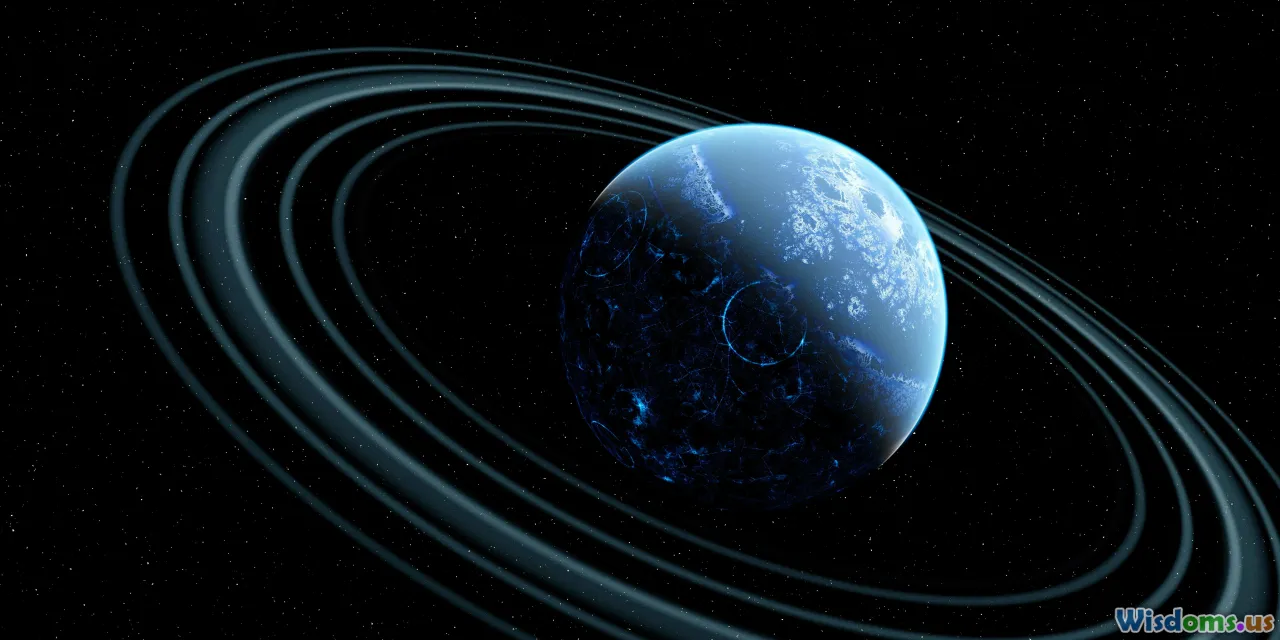
Michel de Nostredame, or Nostradamus, remains a byword for prophecy and supernatural insight. His sweeping four-line quatrains, published in 1555, remain both enigmatic and strangely prescient. But were his predictions truly mystical, or grounded in astrological analysis?
Planetary Conjunctions and Their Portents
Astrology formed the backbone of Nostradamus's work—as was common among Renaissance thinkers. A notable planetary alignment, the great conjunction of Jupiter and Saturn in late 1544, occurred barely a decade before his famous book, Les Prophéties, came out. In astrology, Jupiter-Saturn conjunctions herald social turning points and eras of transformation. Their presence in his own lifetime may have strengthened Nostradamus's conviction in coming upheaval, coloring his prophecies with cosmic gravitas.
Celestial Method in Prediction
Recent scholarship has shown that Nostradamus used planetary ephemerides (star charts), tracking the movements of Mars, Saturn, and other major bodies. Certain quatrains reference eclipses, comet appearances, and major squares involving Mars—a planet associated with war and violence. For instance, one famous quatrain foreshadowed the death of a king, sometimes linked to Henry II of France's fatal jousting accident, which coincided with Mars transits through Leo (the sign of kingship).
Popular Misinterpretations and Astrological Context
Far from relying solely on psychic ability, Nostradamus’s predictions were sophisticated astrological forecasts interwoven with poetic crypticism. Courts across Europe, particularly the Medici in Florence, consulted court astrologers to decode what the heavens portended—reinforcing astrology’s secret yet official role in political destiny.
The Vanishing Visitors at Dyatlov Pass

In February 1959, nine seasoned hikers vanished in Russia’s Ural Mountains under circumstances no conventional theory fully explains. Their injuries, state of undress, and odd radiation discoveries have caused persistent speculation, with UFO sightings and supernatural interpretations consistently recurring in folkloric retellings.
Rare Astronomical Events Coinciding with the Mystery
That winter, the night sky above the Urals showcased both rare auroras and above-average meteor activity—an unusually bright cosmos, dazzling under clear, frigid air. On February 1, the same night the tragedy began to unfold, Uranus (representing sudden disruption) was crossing the midheaven in March’s astrological sky, suggesting a jarring, unexpected event impacting the landscape’s "public life."
Astrology’s Perspective on Contact with the Unknown
Astrologically, Uranus transits are associated with encounters with the unanticipated or inexplicable—an open call to breakdowns in the familiar. Among native Siberian cultures steeped in star lore, unusual star or meteor behaviors often heralded supernatural visitations or as omens of doom. These attitudes may have heightened witness sensitivity to environmental anomalies, suggesting the astrological context exponentially amplified fears or even perceptions of otherworldly involvement.
Abraham Lincoln’s Ghost: Astrological Resonance in the White House

Reports of Abraham Lincoln’s ghost haunting the White House have persisted since the 1870s, with notables like Winston Churchill allegedly experiencing such encounters. Could there be astrological causes behind the enduring presence?
Transits, Loss, and Loosening the Veil
Astrologers point out that periods characterized as “thinning of the veils” (times when the boundary between the physical and spirit realms is permeable) often involve Neptune or Pluto transits, particularly to personal points tied to the home or nation (such as the Moon or IC in a horoscope).
When First Lady Mary Todd Lincoln reported seances and ghostly phenomena, Uranus (innovation, shock) and Neptune (mysticism, dissolution) were both forming rare aspects to the natal U.S. chart’s Moon. This, in esoteric astrology, would heighten the likelihood of spectral experiences in the locus of political and emotional security—the White House.
Ghostly Sightings Echoing Celestial Cycles
Sightings of Lincoln’s ghost often surge during national strife, correlating with Saturn-Pluto cycles in the U.S. chart. Saturn brings echoes of the past; Pluto, unresolved power struggles—suggesting the ghostly president is conjured time and again by collective angst, as reflected in the stars.
The Enfield Poltergeist: Timing the Unseen Forces
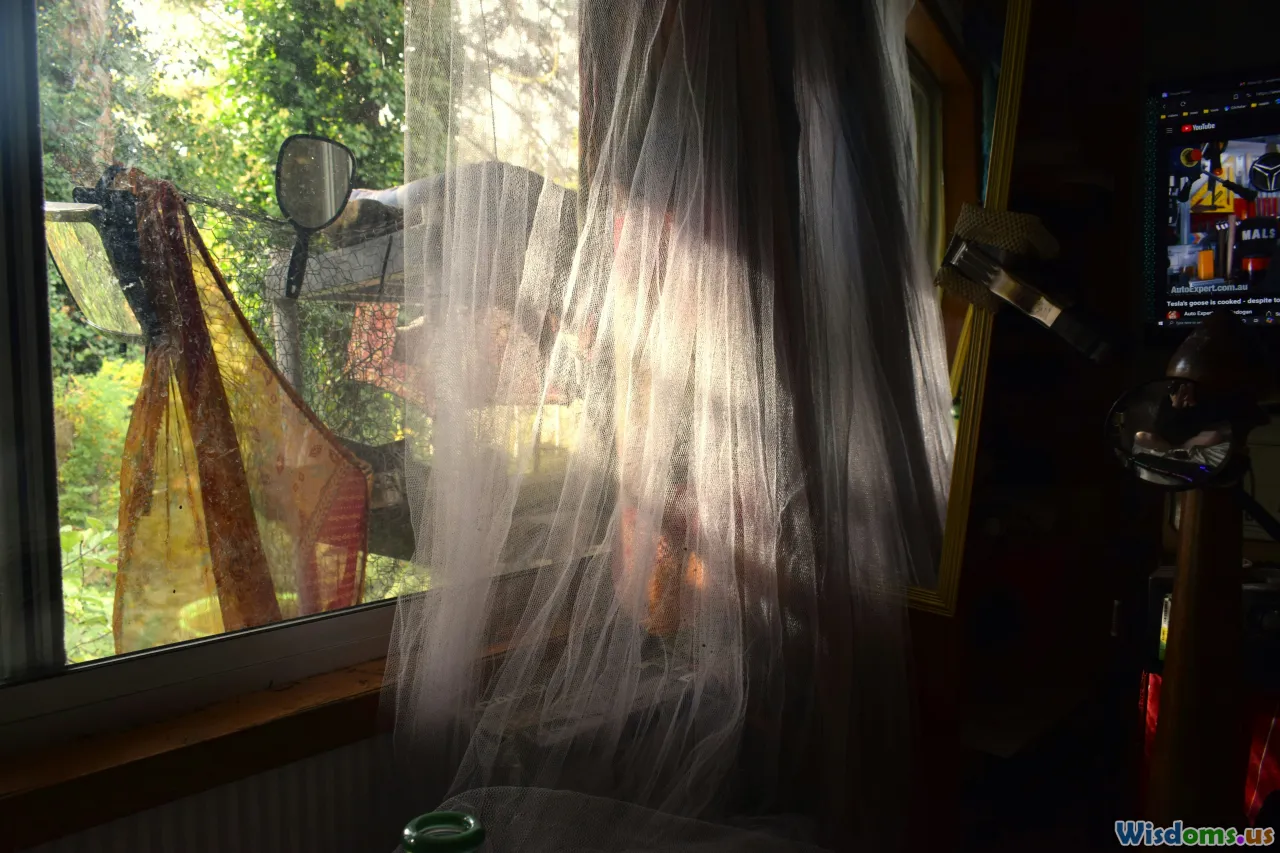
Between 1977 and 1979, a modest council house in Enfield, North London, drew worldwide attention for inexplicable poltergeist activity. Laughing attercocks, flying furniture, and mysterious voices prompted both investigation and ridicule. But did the calendar—and the cosmos—have anything to do with the infamous activity?
Mars Retrograde and Surge in Energy
During much of the peak 'haunting,' Mars—the planet of energy, aggression, and triggers—was in retrograde. Astrologically, Mars retrograde periods witness misdirected force, buried anger, and sudden explosive manifestations, especially within domestic settings (the Mars-Moon connection). This may create the "perfect storm" for poltergeist phenomena, which are frequently theorized as psycho-energetic manifestations from overwhelmed individuals, typically adolescents undergoing disruptive transits.
Patterns in Poltergeist Timing
Historical records chart a higher-than-average number of poltergeist incidents during Mars, Mercury, or Uranus retrogrades—periods famous in the astrological community for sparks of chaos erupting along established routines. Notably, the teenage girls at the heart of the Enfield case had natal charts featuring Mercury and Mars under tension (squares and oppositions), aligning with times transiting planets amplified their natal discord.
Supernatural Warnings of Disaster: Aztec Omens and Eclipses
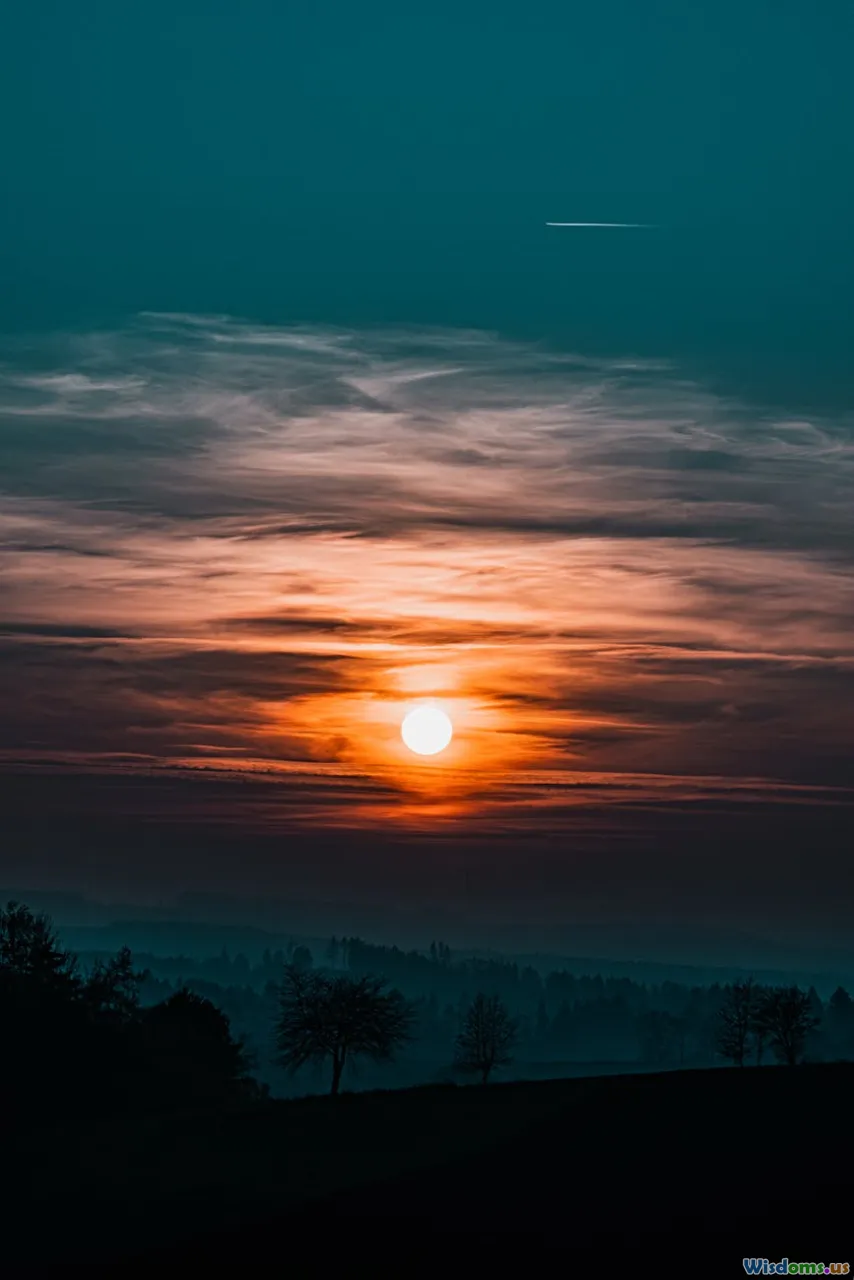
Religious traditions worldwide have documented supernatural portents—strange apparitions, fiery omens, disembodied wails—heralding disaster. One of history’s most documented examples comes from the Aztec chroniclers in the years leading up to the Spanish conquest.
Eclipses, Comets, and Final Warnings
Aztec codices, including those written by Franciscan friar Bernardino de Sahagún, detail multiple supernatural omens before Hernán Cortés landed: "A comet split the sky, a temple burst into flames, and a mysterious woman wailed of loss in the night air." Modern astronomers and astrologers have identified a prominent Halley’s Comet sighting (1531) and a sequence of solar and lunar eclipses over the Valley of Mexico between 1509 and 1517.
In Mesoamerican astrology, celestial events like comets (called "serpent stars") and eclipses were dire signs demanding immediate action. That the Spanish landed shortly after a cluster of astrologically significant events reinforced the sense of doom; chroniclers later painted these occurrences as supernatural warnings of unavoidable cataclysm.
Analyzing Astrological Narratives
Butterflies, meteor storms, and the disappearance of the sun (solar eclipse on May 15, 1510) converged with periods regarded, astrologically, as the direct intersection between the celestial and mortal realms. It is little wonder that these astral alignments amplified the psychological impact of the invading Spanish forces, deepening the supernatural interpretation of worldly events.
The Role of Astrology in Modern Supernatural Investigations

In the 21st century, interest in supernatural investigation remains strong, with many researchers quietly consulting astrology for deeper clues. Paranormal societies regularly track lunar cycles—especially full and new moons, often correlated with upticks in reports of hauntings or psychic dreams.
Digital Tools and Investigative Approaches
Modern astrologers use sophisticated software not just to cast birth or event charts but to pinpoint times of week or even geological location most open to anomalous experiences. Some teams are employing mobile apps to connect geomagnetic field changes (which some research links with unusual personal experiences) to planetary aspects, testing a new era where astrology and investigative science overlap.
Comparing Astrological Patterns and Skeptical Approaches
Not every investigator is convinced—critics argue correlation is not causation, and yet, statistical analysis often shows a slight (though persistent) increase in reports of supernatural activity around eclipses, Mercury retrograde, or when disruptive planets (Uranus, Pluto, Neptune) transit natal "hot spots" in the charts of witnesses.
Some of the world’s most celebrated ghost tours quietly select their event dates based on variable lunar phases or historically significant planetary alignments—unwittingly perpetuating ancient practices in a digital age.
Harnessing Astrology Yourself: Tuning Into Celestial Portals
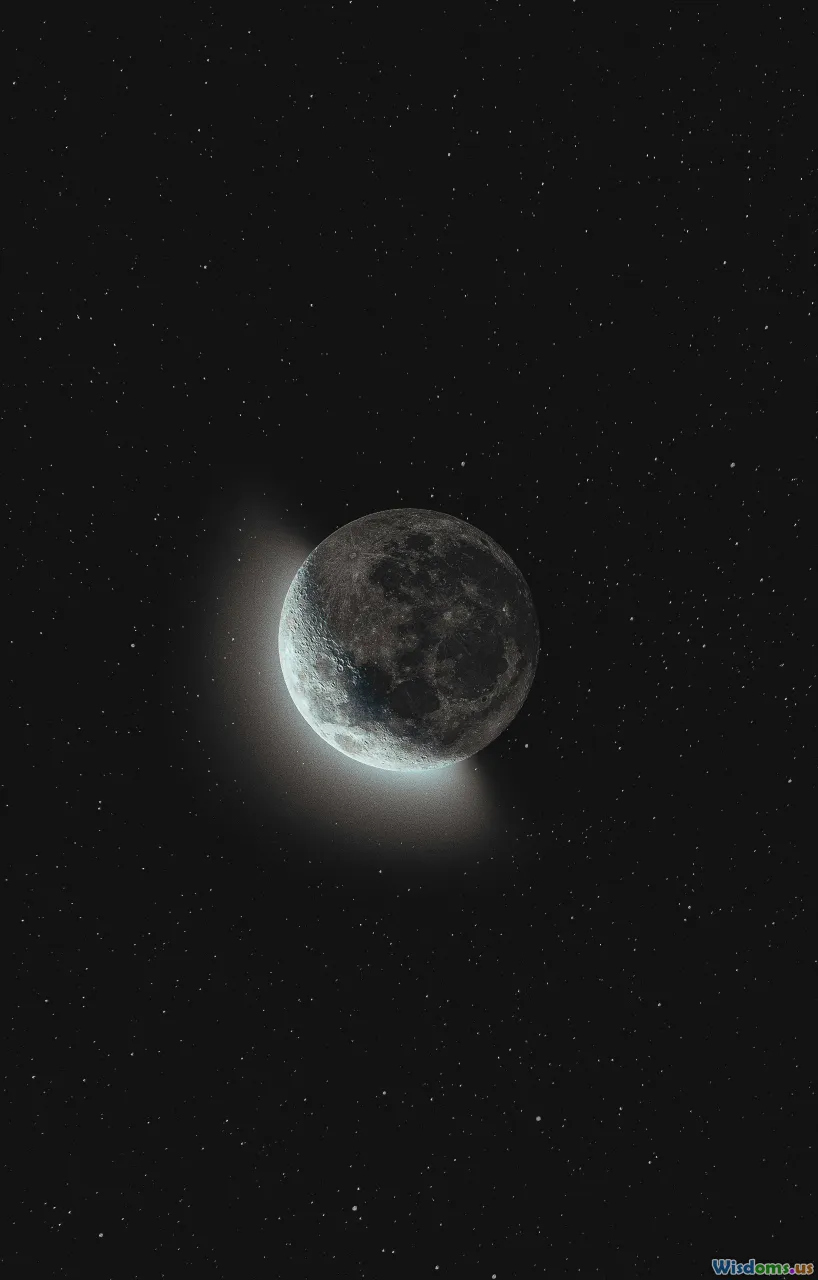
Astrology’s relationship to the supernatural isn’t just academic—it serves as a practical model for individuals who wish to be more attuned to cosmic energy. Anyone can consult an ephemeris or online tool to note current planetary motion, but a few targeted steps heighten awareness during "peak" supernatural periods:
Actionable Tips for the Curious
- Track lunar and planetary cycles: Make note of full moons, lunar and solar eclipses, and planetary retrogrades, especially those coinciding with Uranus, Neptune, and Pluto.
- Review your personal astrological chart: Note where planets currently transit relative to your natal ascendant, Moon, or IC (the base of your chart, often signifying home/spirit). Surprising feelings of unease or heightened insight can often be mapped astrologically.
- Meditation and Observation: Set intentions on "charged" nights (eclipses, meteor showers) to record dreams or intuitions. Many historic witnesses to supernatural events reported premonitory dreams leading up to key astrological events.
- Avoid confirmation bias: Seek corroboration and keep detailed logs. Align multiple sources (physical, psychological, environmental) to see patterns clearly rather than leaping to supernatural conclusions.
Applying Ancient Wisdom Today
From small towns in colonial Massachusetts to towering cathedrals and modern office towers, the influence of the heavens on the realm of the inexplicable stubbornly persists. By applying an astrological lens, we not only gain fresh perspective on historical mysteries but also invite richer understanding into how humans, consciously or unconsciously, synchronize with forces larger than themselves. There may never be consensus around astrology’s role in supernatural events, but the intricate dance between the celestial and the mysterious—visible as far back as written record—remains irresistible for those who dare to gaze upward.
Rate the Post
User Reviews
Other posts in Astrology and Cosmic Mysteries
Popular Posts










